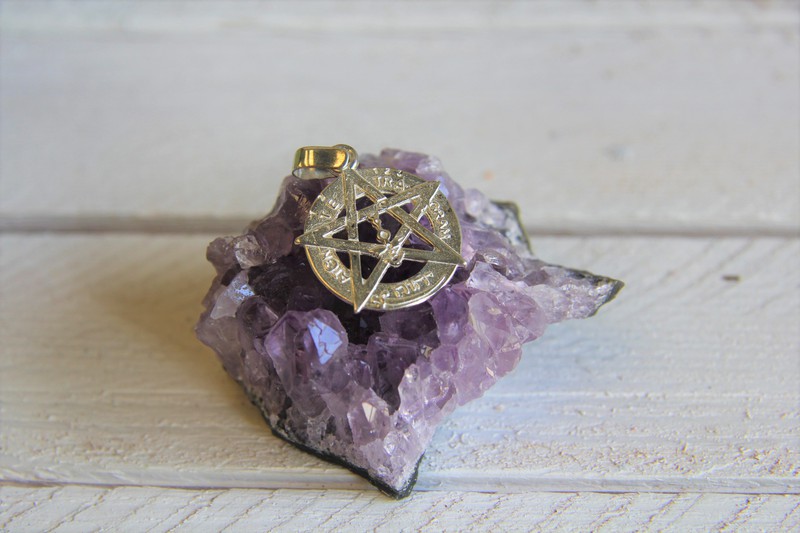Amulets, talismans and fetishes
In Egyptian culture different amulets and talismans were adopted that provided security, luck or protection. They were hung around the neck or tied to the wrists, but they were also found in graves, as symbols of protection for the dead. Each civilization consecrated its own talismans, and the most emblematic of each of them are still used today for their powers and magic.

Amulets used to be objects of natural origin, such as stones, animal teeth, minerals ... But today, some everyday items such as our "good luck shirt" can also be considered amulets. Amulets already have energetic properties due to their natural origin. But we can load and customize them in multiple ways.
Talismans differ from amulets in that they have a specific symbolism. The Tree of Life, the Hand of Fatima or the Tetragrammaton are some examples of these symbols. They can be manufactured with natural materials such as metals or minerals to enhance their effect, and all of them need an energy charge to fulfill their objective.
Talismans and amulets are personal and non-transferable objects, and behind each one there is not only a superstition, but a history connected to the culture from which it comes. In the beginnings of humanity, stones, crests or minerals were used to avoid the evils that lurked, and later the symbologies took more prominence in different cultures: the Eye of Horus, the Star of David, the Om ...
When we attribute magical powers to images of deities whether they are Catholic, African, Buddhist, Aztec, etc. we are talking about fetishes. This concept comes from the Portuguese "feitiçio", which means spell. Although the word fetish has taken on different connotations, fetishism consists in worshiping and worshiping an image that represents a supernatural power.
Herb sachet for health
• sage leaves
• A piece of jade
Herb bag to find love
• A piece of rose quartz
• Three rose petals
• Drops of your perfume
Herb bag to find a job
• Three copper coins
• A vanilla stick
• Sunflower petals





Receive our news